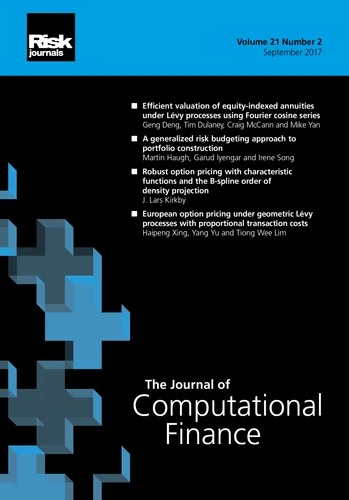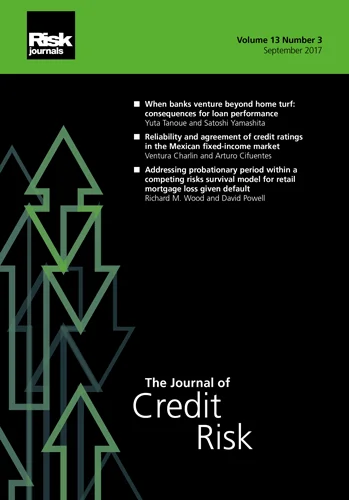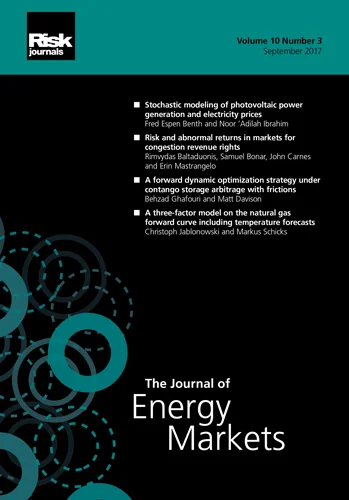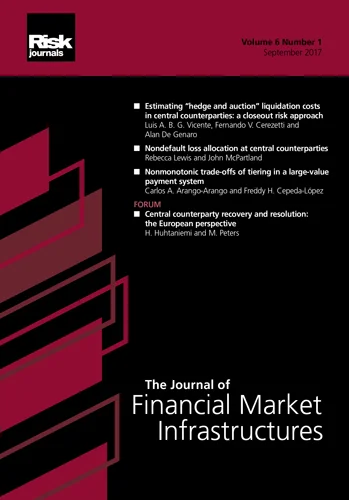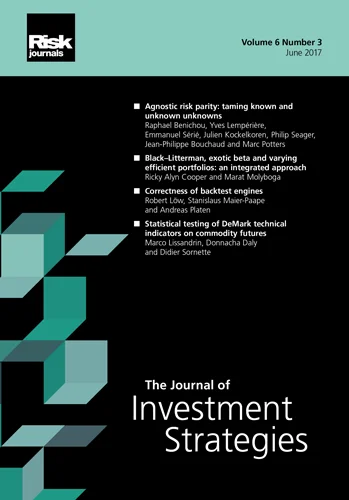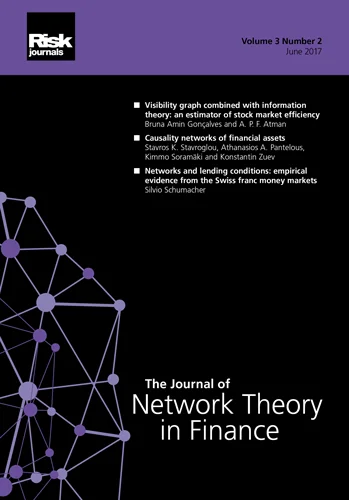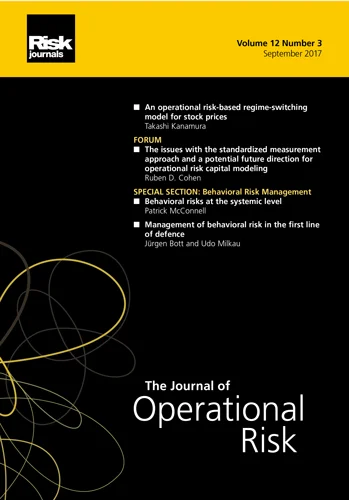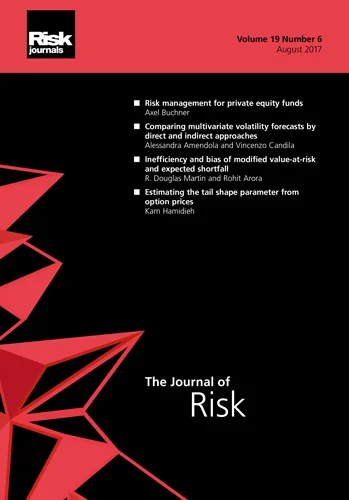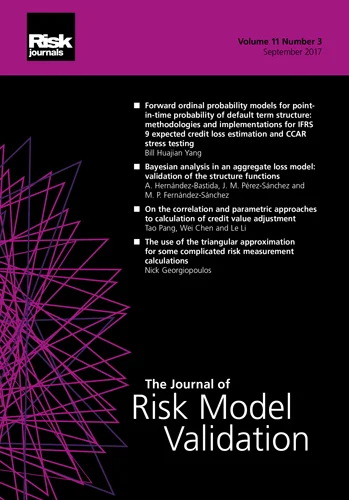Journal of Risk
ISSN:
1465-1211 (print)
1755-2842 (online)
Editor-in-chief: Farid AitSahlia
Volume 6, Number 3 (Spring 2004)
Editor's Letter
Philippe Jorion
University of California at Irvine
The previous two issues of The Journal of Risk heavily emphasized credit risk. This issue, in contrast, is squarely devoted to market risk. These four papers demonstrate that market risk management is still an area of active research.
In “Economic Capital for Life Insurance With-Profit Long-Term Business Funds”, Porteous applies market risk management techniques to the issue of capital allocation for the insurance industry. The author presents a simulation model for determining the distribution of portfolio values for a life insurance company based on a detailed description of assets and liabilities. The paper reports that the dynamic economic capital requirements are in fact much higher than the regulatory requirements, which is not a reassuring result. This type of analysis portends the convergence of capital requirements for the financial and insurance industries.
The second paper by Venter and de Jongh, “Selecting an Innovation Distribution for Garch Models to Improve Efficiency of Risk and Volatility Estimation”, compares different models for the probability distribution of innovations in Garch processes. Fitting an appropriate model is important as it allows better precision in the measurement of tail risk. The authors consider the normal inverse Gaussian (NIG), a skewed Student T-distribution and a non-parametric kernel approximation. They report that the NIG distribution provides the best fit overall for the models considered.
In “Modeling Drawdowns and Drawups in Financial Markets”,Vaz de Melo Mendes and Brandi expand on the analysis of Johansen and Sornette, “"Large Price Drawdowns are Outliers”, published in the Winter 2002 issue of the Journal of Risk. The study focuses on drawdowns, defined as a random string of negative returns from a local high. The previous study had argued that large drawdowns could not be explained by the usual stretched exponential models, leading to the conclusion that they are outliers. Instead, the current study applies the generalized Pareto distribution, which provides a better fit to the data. This leads to the concept of drawdown at risk (DAR).
Finally, the paper by Malevergne and Sornette, “How to Account for Extreme Co- Movements between Individual Stocks and the Market”, deals with co-movements in asset values under extreme price moves. The issue is very important because portfolio risk is driven by correlations between asset values but is difficult to model because of the large number of pair-wise correlations in typical portfolios. The authors advocate the use of copulas based on a one-factor model, which considerably simplifies the analysis. They demonstrate how their theoretical results can be applied to the measurement of extreme risk for stock portfolios.
The mission of The Journal of Risk is to further our understanding of risk management. Contributions to the journal are welcome from academics, practitioners and regulators in the field. With this in mind, authors are encouraged to submit full-length papers.
Papers in this issue
Selecting an innovation distribution for Garch models to improve efficiency of risk and volatility estimation
Modeling drawdowns and drawups in financial markets
How to account for extreme co-movements between individual stocks and the market
Economic capital for life insurance with-profit long-term business funds
